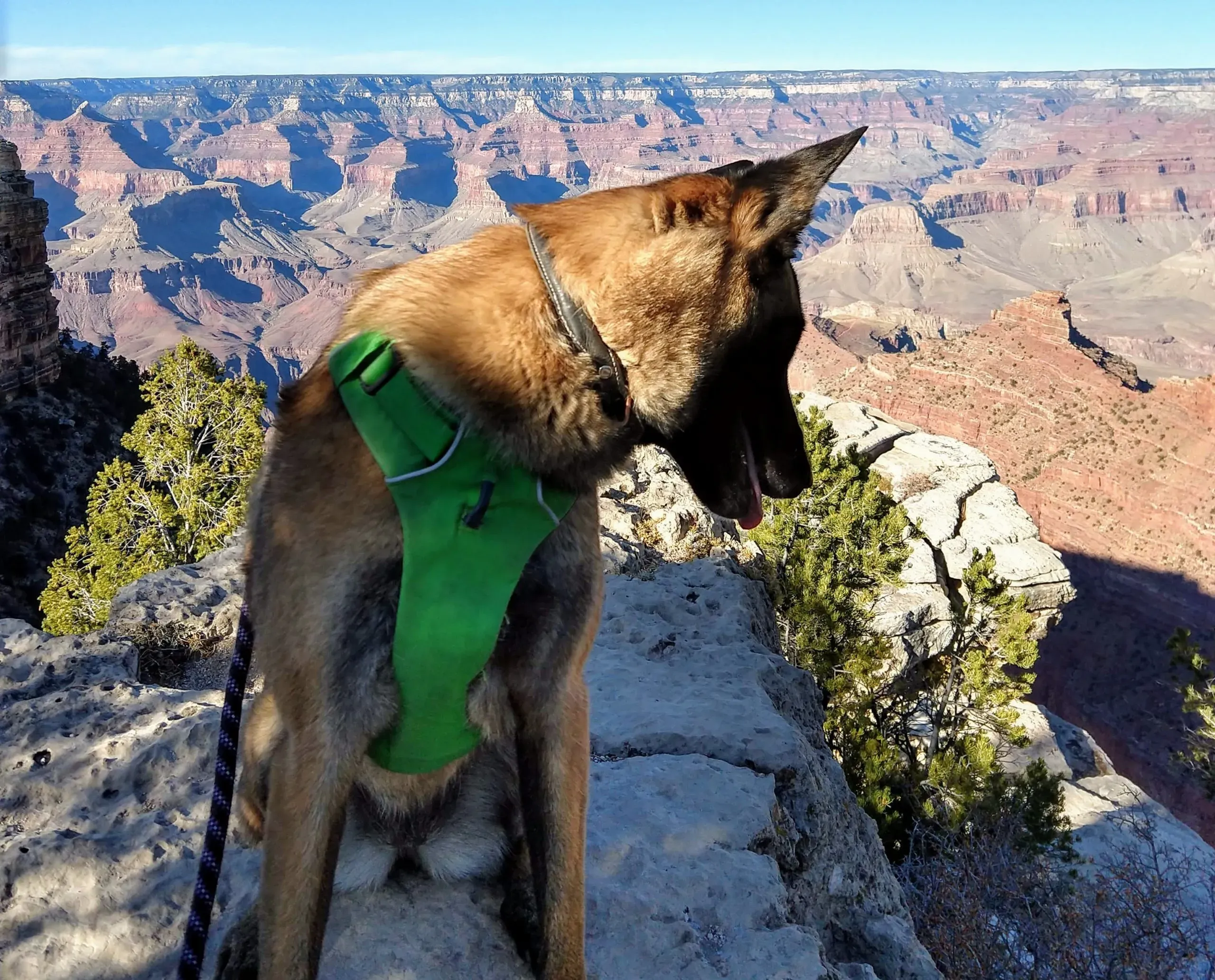If you’re battling constant leash pulling during walks, you’re not alone. Many dog owners feel frustrated, like a failure or that their dog is just too stubborn, despite trying every trick to stop their dog from pulling on the leash. Training sessions leave both you and your pup irritable, and common methods like stopping when the leash tightens often fail to deliver results. You’ve likely given up midway or abandoned efforts altogether to avoid the anger building up.
This guide is your permission slip to ditch ineffective habits. Instead of piling on more tips, we’ll focus on what not to do—proven pitfalls from real-world experience that only heighten frustration. By avoiding these, you’ll pave the way for sustainable loose leash walking. For a step-by-step starter, check out our guide on how to stop a puppy from pulling on lead.
1. Enforcing Strict Loose Leash Rules on Every Single Walk
Even well-intentioned owners fall into the trap of demanding perfect loose leash behavior from the start. Experts emphasize consistency: stop walking whenever the leash tightens. But after a week, this rigid approach drives most people—and dogs—crazy.
The core issue? It ignores a fundamental training principle: begin at an easy level and build gradually. Picture this: After a long day indoors, your energetic dog hits the sidewalk, overwhelmed by scents, sights, and sounds. Demanding flawless leash manners here is like teaching a complex trick amid chaos—unreasonable and unproductive.
Dogs thrive on context. Use selective consistency: Attach the leash to the collar for structured practice in low-distraction spots, and switch to a harness for high-energy outings where pulling is allowed temporarily. This systematic “leveling up” accelerates progress. Our teaching a dog to heel with e collar resource complements this by showing precise positioning techniques.
2. Starting No-Pull Training Right in Your Driveway or Front Yard
Many early courses suggest practicing in the front yard as step one. I once taught this myself—youthful error. But the driveway isn’t neutral ground; it’s a launchpad to exciting adventures. Your dog is amped up, impatient to bolt, making it the worst spot for new skills.
You end up halting repeatedly, taking 30 minutes just to exit, both exhausted before the real walk begins. Permission granted: Let them pull (on harness) through the driveway until they’ve mastered basics elsewhere. Build success in calmer environments first, transitioning outward logically.
3. Forcing Your Dog to Heel at Your Side for “Dominance”
The outdated myth persists: If your dog forges ahead, they’re challenging your leadership. Rooted in debunked pack theory, this pushes owners to keep dogs glued to their leg on short leashes, radiating “alpha” energy.
It wears out your arm, tires the dog physically, but rarely builds joy or reliability. Science shows position on leash says nothing about status—dogs walk ahead, beside, or behind naturally without power struggles. Let them sniff and explore ahead; it enriches their world and reduces pulling urges.
A true Heel—dog at your side on cue—is valuable for crowds or distractions, like a handy tool, not a dominance rule. Sniffing walks boost happiness and behavior. For advanced off-leash freedom as a reward, explore how to get your dog to walk off leash.
4. Waving Treats in Your Dog’s Face to Snap Them Out of Distractions
You’re at a stimulating park; your dog zones in on something riveting. You shove treats under their nose, yelling for attention. It feels urgent, but mirrors interrupting someone’s awe at the Grand Canyon—annoying, not engaging.
This common shift from corrections to positives misses the mark: It doesn’t foster voluntary choice. Dogs tune you out or comply begrudgingly to end the waving. True connection comes when they choose you amid distractions.
 Dog looking distracted during a walk with environmental stimuli
Dog looking distracted during a walk with environmental stimuli
Use it sparingly for emergencies, like with reactive dogs, but not routine training.
5. Competing to Be More Exciting Than the Entire Environment
Coaches shout, “Be more interesting!” expecting you to outshine squirrels, smells, and passersby with acrobatics or silly voices. Introverts dread this; even extroverts burn out.
You don’t need to battle distractions head-on. Embrace them as allies: Train with the environment, turning exploration into teamwork. Low-key styles work wonders—my reserved approach keeps dogs hooked without theatrics.
Distractions build resilience when managed smartly. High-energy pups might also jump greetings; tame that with how to stop puppies from jumping up on everyone.
Next Steps for Loose Leash Success
Ditching these habits lifts the weight, letting you train smarter. Focus on context-aware, choice-based methods that strengthen your bond and make walks enjoyable. Your dog will respond eagerly, even amid distractions.
Start today: Assess your routine, implement selective tools, and practice in easy zones. For nighttime issues that amp up pulling, see how to get dog to stop barking at night. At Dog Care Story, our proven strategies draw from years of hands-on expertise—contact us for personalized guidance and transform your walks.
